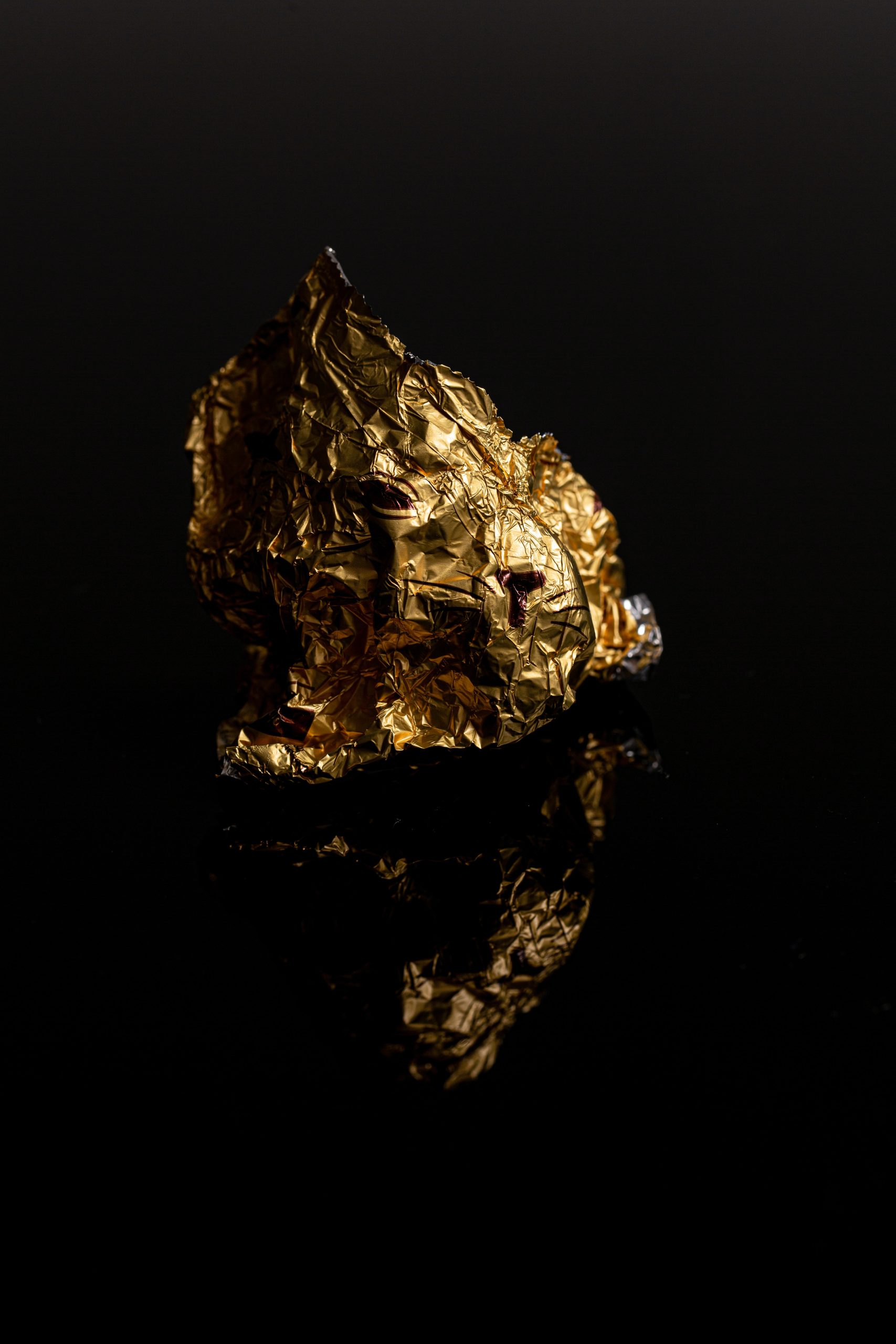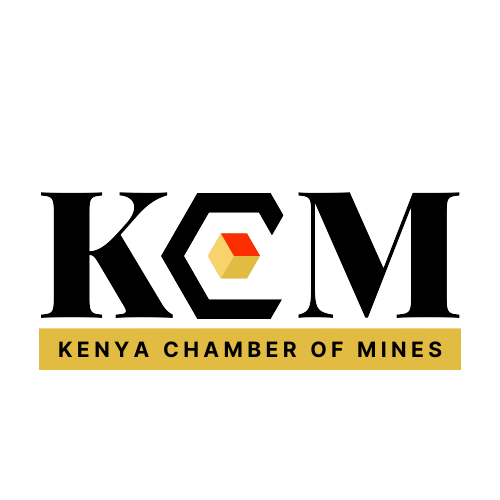
Gold is a chemical element with the symbol Au (from the Latin word “aurum,” meaning “shining dawn”) and atomic number 79. It is a highly valued precious metal used for coinage, jewelry, and other decorative purposes for thousands of years. Gold is also used in electronics, aerospace technology, and medicine.
Gold mining has been an important economic activity in Kenya for many years, with most of the mining conducted by small-scale artisanal miners. The western part of the country, particularly Migori and Kakamega counties, has been the most productive region for gold mining in Kenya. However, gold deposits have also been found in other parts of the country, such as the Vihiga, Narok, Siaya, and Turkana counties. Despite the potential of the gold mining industry to contribute to the country’s economy, the sector faces several challenges, including inadequate funding, lack of modern mining equipment, and inadequate regulations.
Artisanal small-scale gold mining (ASGM) is common in many developing countries, including Kenya. However, this practice often has a deadly toll on the environment and human health. In Kenya, ASGM has been associated with releasing toxic mercury into the environment, leading to serious health risks for miners and nearby communities. Artisanal miners in the country rely on rudimentary tools and techniques to extract gold from the earth.
The Poisoned Promise of Artisanal Gold Mining
The artisanal miners typically work in small groups, using manual labor to dig and extract the ore. The ore is then processed using mercury, a highly toxic element that binds with the gold and forms an amalgam. Mercury in ASGM is a major cause of environmental pollution and poses significant risks to human health. When mercury is released into the environment, it contaminates water bodies, soil, and air. This contamination can lead to serious health risks for those who come into contact with it. Exposure to mercury can cause neurological damage, kidney damage, respiratory problems, and other health issues.
The Mercury Crisis
Unfortunately, many artisanal miners in Kenya are unaware of the risks associated with using mercury in ASGM and lack an alternative to mercury for those who know the risks. They often use mercury without any protective gear and are not trained in handling the element safely. This lack of awareness and lack of an alternative to mercury has led to the widespread release of mercury into the environment, creating significant public health issues. The impact of ASGM on human health in Kenya has been significant. According to a study done in 2018 by Dominic Kirui from Thomson Reuters Foundation, Migori County, a major gold mining area in western Kenya, found that over 40% of the population had been exposed to high levels of mercury. The study also found that mercury exposure was associated with several health problems, including headaches, dizziness, memory loss, and tremors.
The government of Kenya has taken some steps to address the issue of mercury pollution in ASGM. On October 10th, 2013, the Government of Kenya signed the Minamata Convention on Mercury, an international treaty to mercury use globally. The government has also established a task force to oversee the convention implementation in Kenya.
PlanetGOLD Kenya Project Advances Mercury-Free Gold Mining in Kenya
The PlanetGOLD Kenya Project has made significant progress over the last few years. The team, together with Artisanal Mining Committees, county government officers, and regional mining officers, has been able to support the formation of 18 mining SACCOS in Migori, Kakamega, Vihiga, and Narok, mapping out the artisanal and small-scale gold miners in the areas. Other data collected included GPS coordinates, organizational structure, and gold mining practices of the miners and their sites. The team has also paid courtesy calls to the mentioned county governments to discuss the issuance of land for the free mercury-free training sites.
The project’s main goal is to reduce and, where possible, eliminate the use of mercury in ASGM in Kenya. Women, who are largely responsible for gold processing, often handle mercury with bare hands, and gold buyers burn the gold core in dark, dingy rooms while inhaling fumes. To address this issue, the team has been running an awareness campaign dubbed #SayNoToMercury to sensitize the miners and mining communities on the dangers of mercury use. Despite being aware of the dangers of mercury use, most miners still use it. This is because they lack an alternative to mercury and must provide for their families. In cases where alternatives to mercury are available, most ASGM lacks the funds to procure the technologies.
Besides raising awareness of mercury’s dangers, PlanetGOLD Kenya aims to help ASGM access funding to procure mercury-free technologies. The project, with close collaboration with miners and other stakeholders, has identified the alternative technologies and is in the process of rolling them out to the miners. The miners will be capacity-built on how to adopt the mercury-free technologies while also supported through their SACCOS to access funds for mercury-free technologies. The team also seeks to issue the miners with Personal Protective Equipment (PPE) in the near future.
Mercury and Cyanide
Both mercury and cyanide have been used in the past for extracting gold from ore, but they pose significant environmental and health risks. Mercury is a toxic substance that can cause serious health problems, while cyanide is a highly toxic chemical that can cause death. The use of both mercury and cyanide in gold mining has been restricted or banned in many countries due to the risks they pose and has been termed as a worst practice. In some cases, alternative methods such as gravity concentration, magnetic separation, and flotation have been used instead. Some methods that have been developed to replace mercury in gold mining include borax and activated carbon, while the most commonly used method to replace cyanide is the use of thiosulfate.
However, much more needs to be done to address the issue of mercury pollution from ASGM in Kenya. There is a need for more awareness-raising campaigns to educate artisanal miners on the risks associated with the use of mercury. The government must provide miners with protective gear and regulate mercury use in ASGM. There is also a need for alternative methods of gold extraction that do not rely on mercury.
“Do we blame Gold or Mercury?” remains unanswered until we implement the solutions. In a nutshell, the use of mercury in artisanal small-scale gold mining in Kenya is a serious public health issue. It poses significant environmental and human health risks, and much more must be done to address the problem. In collaboration with national and international partners, the government of Kenya must take urgent action to protect the health of artisanal miners and nearby communities.







Shawnchege
November 15, 2024What are some of the machines used for gold mining?and how efficient are they?